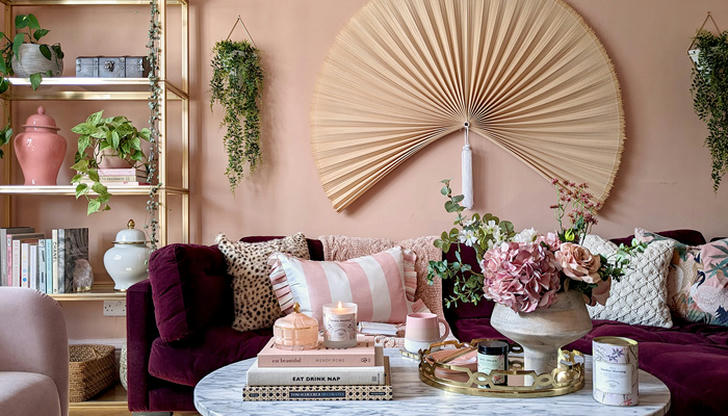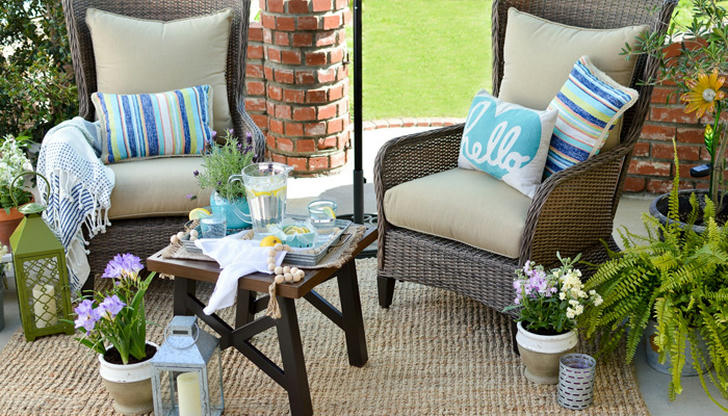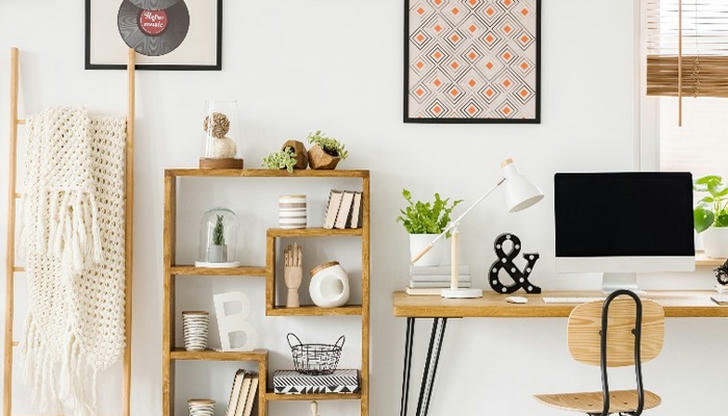Creating a Relaxing Home Ambiance: Easy Tips for Comfort and Well-being

Creating a relaxing home ambiance is essential for enhancing overall well-being. A calm, peaceful, and comfortable living space can help reduce stress, improve sleep quality, and promote better mental health. Whether you're unwinding after a long day or simply enjoying quiet time at home, your environment plays a vital role in how you feel. This article explores practical tips to transform your home into a sanctuary that promotes comfort and well-being.
I. Key Elements for a Relaxing Home Ambiance
1. Lighting and Sound
Lighting and sound work together to create a soothing environment. Both have a direct impact on mood and comfort in your home.
Lighting: The right lighting can set the tone for relaxation. Opt for soft, warm lighting instead of harsh, bright lights, which can feel jarring. Lamps with dimmer switches, scented candles, and string lights add a cozy glow to any room. Natural light should be maximized by arranging furniture to let in as much sunlight as possible during the day. Light, airy curtains can help filter the sunlight without blocking it entirely.
Sound: Sound also contributes to a relaxing atmosphere. Soft music, nature sounds, or even white noise can reduce stress and improve focus. You can play calming instrumental music, rain sounds, or ocean waves to promote a peaceful vibe. Reducing background noise in your home—such as traffic or loud appliances—further enhances tranquility.
2. Comfortable Furniture and Décor
Comfortable, supportive furniture combined with thoughtful décor is key to creating a cozy, inviting space.

Furniture: Invest in furniture that is both functional and relaxing. Comfortable sofas, ergonomic chairs, and soft cushions are essential for a restful environment. Make sure that your seating options support long periods of relaxation, whether for reading, napping, or simply lounging.
Color Schemes and Décor: Colors play a crucial role in shaping the mood of a room. Light, neutral tones like whites, beiges, and soft pastels are calming and help create a sense of peace. Blues and greens are particularly soothing, reducing stress and promoting relaxation. Minimalist décor helps avoid clutter, allowing your mind to feel at ease. Incorporate natural elements like plants, wood, or stone to bring nature indoors, which has been shown to promote well-being.
3. Aromatherapy and Scents
Aromatherapy is a simple yet effective way to enhance relaxation in your home. The right scents can have a profound effect on your mood.
Essential Oils and Candles: Scents such as lavender, chamomile, and eucalyptus are known for their calming properties. Diffuse essential oils throughout your space or light a scented candle in the evening to create a peaceful ambiance. Aromatherapy not only helps to relax but also promotes better sleep and reduces anxiety.
Scented Candles and Their Effects: Scented candles provide both a warm glow and soothing fragrance. Choose candles made from natural ingredients, such as beeswax or soy, for a cleaner burn. These candles can help create a serene atmosphere, perfect for relaxation after a busy day.
4. Cleanliness and Organization
A clean, tidy home is essential for maintaining a relaxing environment. Clutter can contribute to stress, so keeping your space organized is key to achieving a sense of peace.
Benefits of a Clean Home: A tidy home helps clear mental clutter and improves mood. It creates a serene environment that encourages relaxation and well-being. Set a daily or weekly cleaning routine to keep things organized and clutter-free.
Decluttering Tips: Start by decluttering small areas and gradually move to larger spaces. Organize your belongings with baskets, shelves, or storage boxes to keep everything neat and out of sight. Less clutter means more space to relax and breathe freely.
II. Creating Relaxing Spaces in Key Areas

1. Relaxing Bedroom Setup
The bedroom should be your sanctuary, designed to foster restful sleep and relaxation. Here’s how to make it a serene retreat.
Comfortable Bedding: Invest in high-quality, soft bedding that feels inviting. A comfortable mattress is essential for good sleep, so choose one that suits your sleep preferences. Opt for soft, breathable fabrics like cotton or linen for sheets and pillowcases.
Lighting and Furniture: Dim lighting is essential for a relaxing bedroom. Use bedside lamps with adjustable brightness, and avoid bright overhead lights at night. Choose furniture that enhances the calm atmosphere—opt for minimalist designs and soothing colors.
Clutter-Free Zone: Keep the bedroom free of distractions and clutter. Store clothes, books, or electronics out of sight to create a peaceful environment that supports relaxation and rest.
2. Creating a Cozy Living Room
The living room is often the heart of the home, where family and friends gather. It should be a space that promotes relaxation and conversation.
Comfortable Seating: Ensure that the furniture is comfortable and inviting. Add soft cushions and throws to sofas and chairs for added comfort. Arrange seating in a way that encourages interaction, creating a warm, communal atmosphere.
Décor and Art: Choose décor that enhances the tranquil atmosphere. Art featuring calming nature scenes or abstract designs can help reduce stress. Keep decorations simple and functional to avoid overcrowding the space.
Maximizing Comfort: Consider using rugs to create warmth, especially if you have hardwood or tile floors. Choose soft fabrics that invite you to sit and relax, such as plush rugs, cushions, and soft throws.
III. Personalizing Your Space
Personalization helps create an emotional connection with your home, making it feel more comfortable and welcoming.

Personal Touches: Incorporate family photos, artwork, and personal mementos that bring you joy. Display items that have meaning to you, whether they’re souvenirs from your travels or meaningful pieces of art. Personalizing your space helps create a calming, familiar environment.
Balance Functionality and Relaxation: While it’s important to add personal touches, it’s also essential to maintain balance. Avoid overdecorating or overcrowding your home with items that don’t serve a purpose. Aim for a minimalist style that promotes peace while still reflecting your personality.
IV. Conclusion
Creating a relaxing home ambiance doesn’t require significant effort or expense. By focusing on key elements like lighting, furniture, colors, cleanliness, and scents, you can transform your living space into a peaceful retreat. Personalizing your space with thoughtful touches adds warmth and comfort, while keeping it organized helps reduce stress and anxiety. By integrating these simple tips, you’ll create a home that promotes relaxation, well-being, and a sense of calm, allowing you to enjoy a peaceful atmosphere for years to come.
